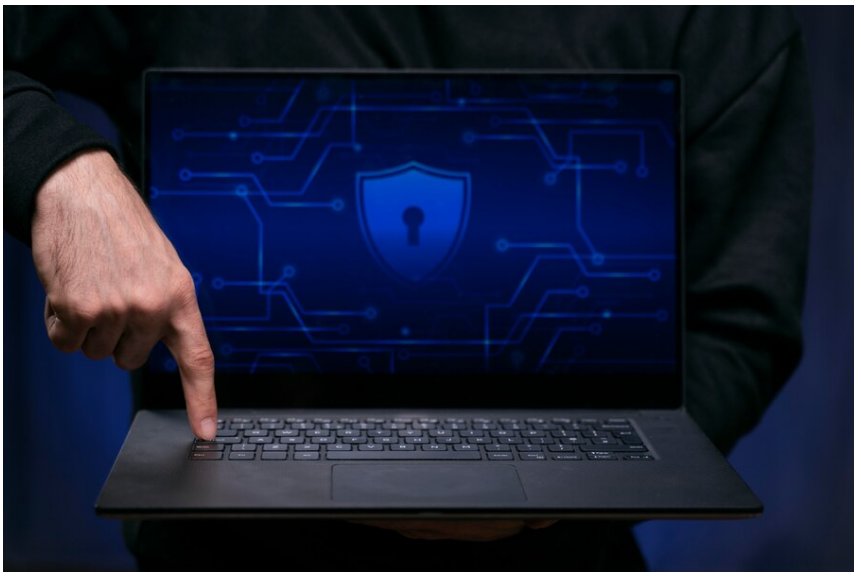
Cybersecurity is crucial in the linked world we live in today, where digital technology is a vital part of our daily lives. Cybersecurity is the intangible barrier that protects against the persistent dangers lying in the digital sphere, from securing sensitive information to defending key infrastructure. We will expose some of the key cybersecurity techniques in this blog, illuminating the tactics and procedures that safeguard the security of our digital environment.
1. Encryption: The Language of Security
Encryption is one of the fundamental secrets of cybersecurity. Imagine you need to send a message safely over the Internet. Anyone intercepting that message would be able to readily understand its contents without encryption. This message is changed into an unintelligible code by encryption, which can only be deciphered by the intended receiver with the proper decryption key. It protects sensitive information by acting as a digital version of a secret code.
2. Multi-Factor Authentication (MFA): The Extra Layer of Protection
Account security can no longer be achieved solely by using passwords. Multi-factor authentication (MFA) has been valued by cybersecurity professionals for a long time as a valuable defense against unauthorized access. MFA combines something you know (your password) with something you are (biometrics, such as a fingerprint) or something you have (a smartphone or security token). The risk of unauthorized access is greatly decreased by this additional security measure.
3. Regular Software Updates: Patching the Holes
For cybercriminals, software flaws are like unlocked doors. It’s essential to keep software, operating systems, and applications up to date to maintain good cybersecurity. Patches that address known vulnerabilities are frequently included in software upgrades, averting possible intrusions. By skipping these upgrades, you put your digital surroundings at risk
4. Employee Training: Humans Are the Weakest Link
While we frequently imagine complex hacking methods, many successful cyberattacks really begin with a straightforward human error. Employee cybersecurity training is one of the keys to defending an organization because of this. Employees who are taught to spot shady emails and websites can stop phishing attempts, for instance, which lowers the chance of falling for con artists.
5. Intrusion Detection Systems (IDS) and Intrusion Prevention Systems (IPS): The Silent Guardians
Intrusion Prevention Systems (IPS) and Intrusion Detection Systems (IDS) discreetly scan traffic inside the network architecture for suspicious activity or odd traffic patterns. These systems serve as watchful sentinels, spotting possible threats in real time and, in the case of IPS, even stopping them. This ensures that cyberattacks are quickly countered.
6. Zero Trust: Trust No One
The idea of “Zero Trust” exists in the field of cybersecurity. This strategy operates under the presumption that no one, within or external to an organization, should be trusted by default. Instead, even for individuals who are already connected to the network, access is strictly regulated and regularly validated. The effective tactic of Zero Trust reduces the possibility of insider attacks and lateral attacker mobility.
7. Threat Intelligence: Staying One Step Ahead
Threat intelligence gives you the upper hand in cybersecurity because knowledge is power. Security professionals are always gathering data on new threats and vulnerabilities. By enabling organizations to adjust and bolster their defenses appropriately, this intelligence helps them stay ahead of possible attacks.
In conclusion, cybersecurity techniques are not designed to be kept a secret; rather, they should be understood and applied to safeguard our digital lives. These techniques, which include threat intelligence, multi-factor authentication, and regular employee training, are the foundation of a strong cybersecurity strategy. Individuals and organizations can navigate the digital environment safely and securely while fending off cyber dangers by adopting certain practices and exercising vigilance.








